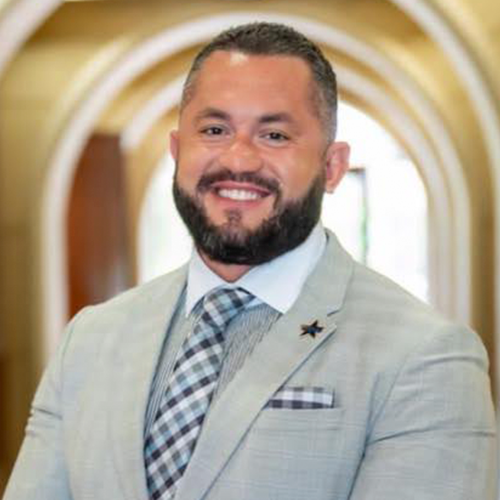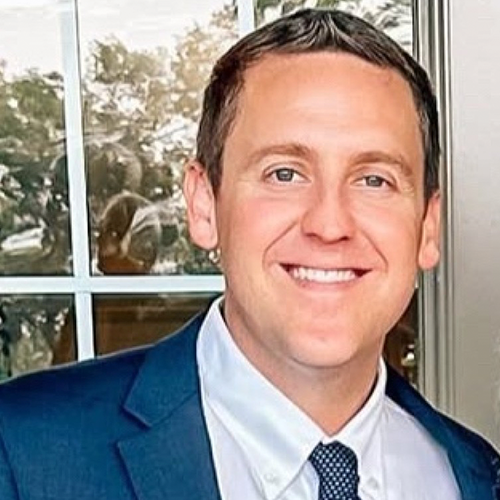During President Donald Trump’s first term in 2019, the administration worked on how to privatize Fannie Mae and Freddie Mac. These government sponsored enterprises (GSEs) had been bailed out by the federal government during the housing crisis almost 17 years ago.
In May 2025, Trump posted on his Truth Social account that he was giving “very serious consideration” to bringing the mortgage giants public. He said if they were to go public, the U.S. government would retain implicit guarantees and the administration would maintain an oversight role over the companies.
“Fannie and Freddie are doing very well, throwing off a lot of CASH, and the time would seem to be right,” Trump stated.
On Thursday, the President reportedly took steps in this direction. According to Bloomberg, Trump is bringing in CEOs from the nation’s top banks to hear their pitches on monetizing Fannie Mae and Freddie Mac.
Trump invited JPMorgan Chase & Co. CEO Jamie Dimon to the White House last week to talk about potential plans, which could include a major public offering of stock. On Thursday afternoon, Goldman Sachs Group Inc. CEO David Solomon reportedly was set to meet with Trump, and Brian Moynihan, Bank of America Corp. CEO, may talk with the President as well.
Since being under conservatorship, Fannie and Freddie have returned to reliable profitability, with their earnings retained. Small portions of the stock already trade publicly, but the government holds a large majority of their shares.
Industry experts are encouraged by the rumblings of possible movement.
Jim Millstein, Co-Chairman of Guggenheim Securities and former Chief Restructuring Officer at the U.S. Department of the Treasury, worked on plans to release the pair from conservatorship during Trump’s first term.
Millstein told Scotsman Guide, “there are detailed work plans in Fannie’s files (and Freddie’s for that matter) which, if the Administration wants to move forward, would accelerate the process.”
Get these articles in your inbox
Sign up for our daily newsletter
Get these articles in your inbox
Sign up for our daily newsletter
With the focus having been placed on this for so long, Millstein said he presumes they are going to move forward with it in this term.
Christopher Whalen, chairman of New York-based consulting firm Whalen Global Advisors, wrote about this in an April 24 blog post called “Budget Reconciliation, Fiscal Credibility & GSE Release.”
“Selling common shares is going to be a tough lift,” Whalen told Scotsman Guide in an email Friday, reiterating his previous comments that a much faster way to raise cash would be for the Treasury to convert its option into common shares.
It’s impossible to say with any confidence where this is headed, according to Jim Parrott, a nonresident fellow at The Urban Institute. “Trump and (FHFA Director) Bill Pulte’s recent comments are in tension with the path the last Trump administration had us on, but it remains unclear what the new path really is. My guess is it will all remain unclear until leadership at Treasury digs into this.”
Eric Kaplan, a senior adviser with the Milken Institute, told Scotsman Guide that he likes the fact that the conversations are one-on-one. He hopes the parties are speaking freely behind closed doors and focusing on brass tacks.
“I don’t think anyone expected the GSEs to remain in conservatorship for 17 years. I hope the best and brightest ideas win out and I’d love this chapter to come to a close in a smart and effective way,” Kaplan said. “There’s too much at stake to get it wrong and a Mt. Everest of diligence on the topic to inform the effort. At some point, a choice must be made and action taken. I think it’s imperative that the dialogue include not only bankers but also key investors and other uniquely knowledgeable stakeholders.”
Fannie and Freddie have evolved since entering conservatorship, Kaplan observed, and the housing and capital markets have evolved, but key elements and questions remain the same.
“Will there be a guaranty and, if so, of what nature? How much capital do the GSEs really need and what are the rules and mechanisms related to building up their balance sheets? How does private capital fit in? What do investors need? How do we treat existing holders? How do we ensure that lenders, servicers, and homeowners can also flourish post-conservatorship? Is FHFA sufficiently set up to regulate the GSEs without conservator powers? Are the corporate cultures ready for release? What will the GSE footprint be and is the non-agency channel ready and able to assume a greater role? What are the quantitative and qualitative cost and benefits of each path and on whom will they respectively fall?”
Time will tell what those answers might be. But based on Bloomberg’s report, it seems we might be finding out sooner rather than later.




















































